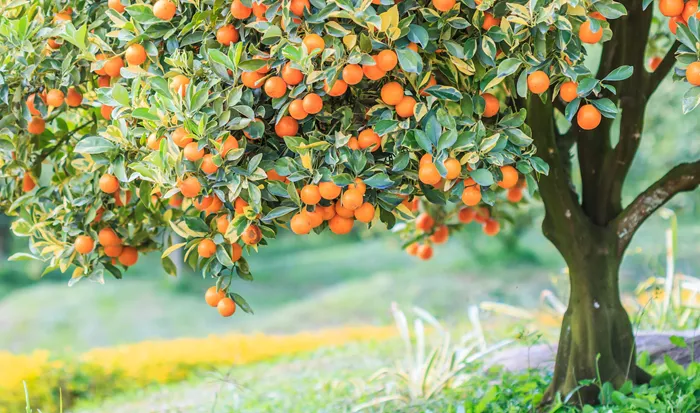Growing fruit trees takes care, planning, and the right companions. While flowers may seem like a great addition, some varieties can actually hurt your trees — attracting pests, stealing nutrients, or struggling in the shade. Here are five flowers you should avoid planting near your fruit trees and why.
1. Roses
Roses are stunning, but their sweet scent attracts aphids, mites, beetles, and whiteflies — all harmful to fruit trees. They also need full sun, which large fruit trees often block. Plant roses in open, sunny spots, away from trees and buildings.
2. Hydrangeas
Hydrangeas love water and nutrients — just like fruit trees. Planted too close, they’ll compete for resources and struggle, especially in dry conditions. Instead, grow hydrangeas in their own space with partial shade and plenty of room.
3. Japanese Honeysuckle
This fast-growing vine may look pretty, but it’s invasive and aggressive. It can choke nearby plants and even release chemicals that stunt fruit tree growth. Avoid it entirely, especially in the eastern U.S. Try abelia instead — it’s safer and better behaved.
4. Gardenias
Gardenias bloom beautifully, but they don’t mix well with ripening fruit. As fruit rots, it releases ethanol, which makes gardenia petals fall. They also attract aphids and whiteflies, which damage fruit trees. Keep gardenias far from your orchard.
5. Wisteria
Wisteria vines, especially Chinese and Japanese types, are strong climbers that wrap around trees and steal their light and nutrients. Even native wisteria can harm fruit trees. If you love purple flowers, choose lavender instead — it’s gentle and bee-friendly.
Final Tip
When planting near fruit trees, choose companions that don’t compete for water, sunlight, or nutrients — and keep pests away, not attract them. A little planning can go a long way toward a healthy, fruitful garden.


